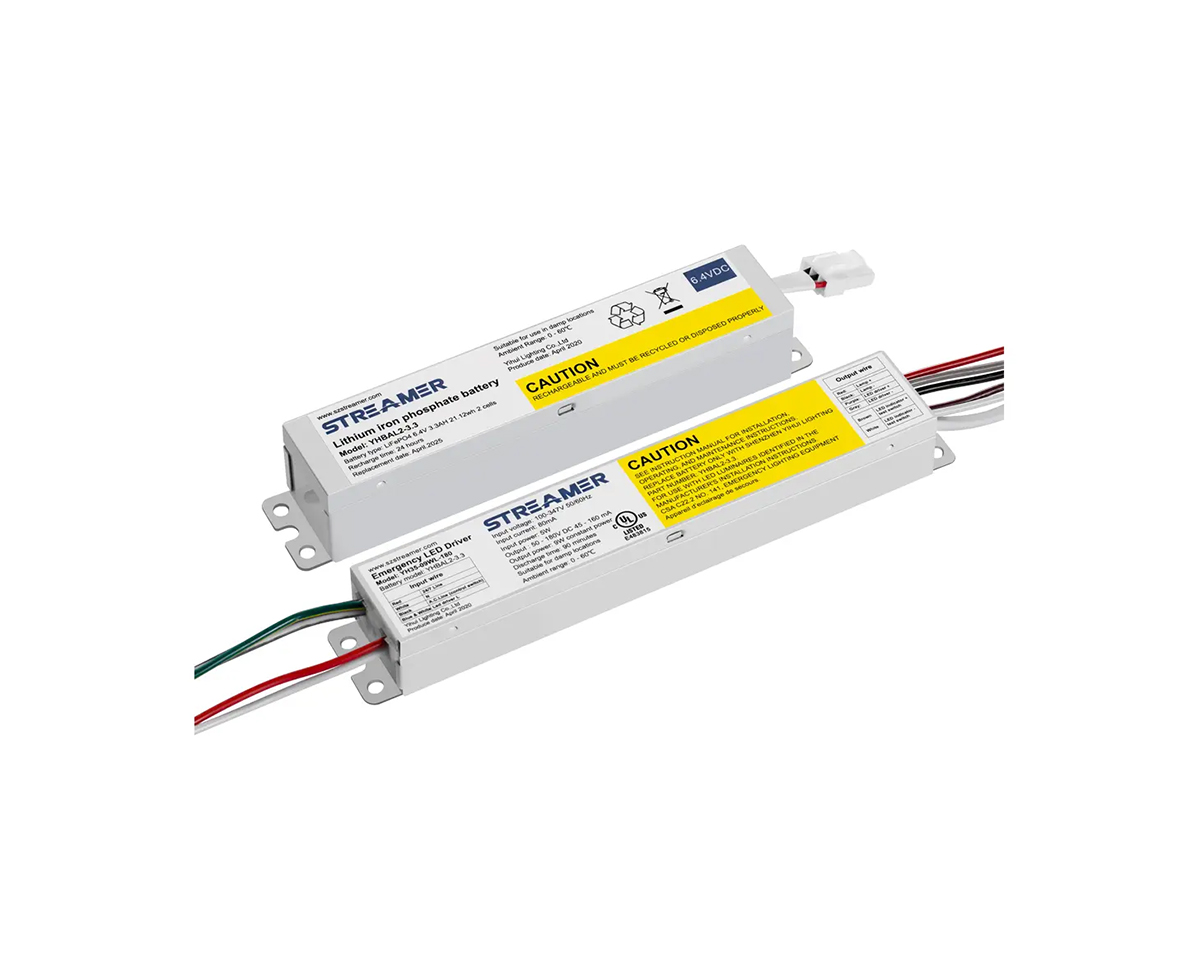 1
1
 Apr 04, 2025
Apr 04, 2025

In regions prone to earthquakes, the seismic resistance of emergency batteries is of utmost importance. During an earthquake, the batteries need to remain functional to ensure the continuous operation of emergency systems, such as emergency lighting, communication equipment, and life - support systems in hospitals.
The physical design of emergency batteries significantly affects their seismic resistance. Batteries with a low center of gravity are less likely to tip over during an earthquake. For example, rectangular - shaped batteries with a wider base and a shorter height are more stable compared to taller, narrower batteries. Additionally, the use of shock - absorbing materials in the battery casing can help reduce the impact of vibrations and shocks. Some advanced battery designs incorporate rubber or silicone cushioning materials that can absorb and dissipate the energy from seismic forces.
Mounting methods also play a crucial role in enhancing the seismic resistance of emergency batteries. Batteries should be securely mounted to prevent displacement during an earthquake. Wall - mounted batteries should be attached using strong brackets and bolts that are designed to withstand seismic forces. Floor - mounted batteries can be secured using anchors or restraints. In some cases, anti - vibration mounts can be used to isolate the batteries from the building structure, reducing the transfer of vibrations.
Testing the seismic resistance of emergency batteries is essential. Standardized seismic tests, such as the shake - table test, can simulate the effects of earthquakes on the batteries. During a shake - table test, the battery is placed on a platform that is programmed to move in a way that mimics the ground motion during an earthquake. The performance of the battery, including its electrical integrity and physical stability, is monitored during the test. Based on the test results, improvements can be made to the battery design and mounting methods to enhance its seismic resistance.
Moreover, regular inspections and maintenance of emergency batteries in earthquake - prone areas are necessary. This includes checking the mounting hardware for any signs of wear or damage, ensuring the integrity of the battery casing, and verifying the electrical connections.